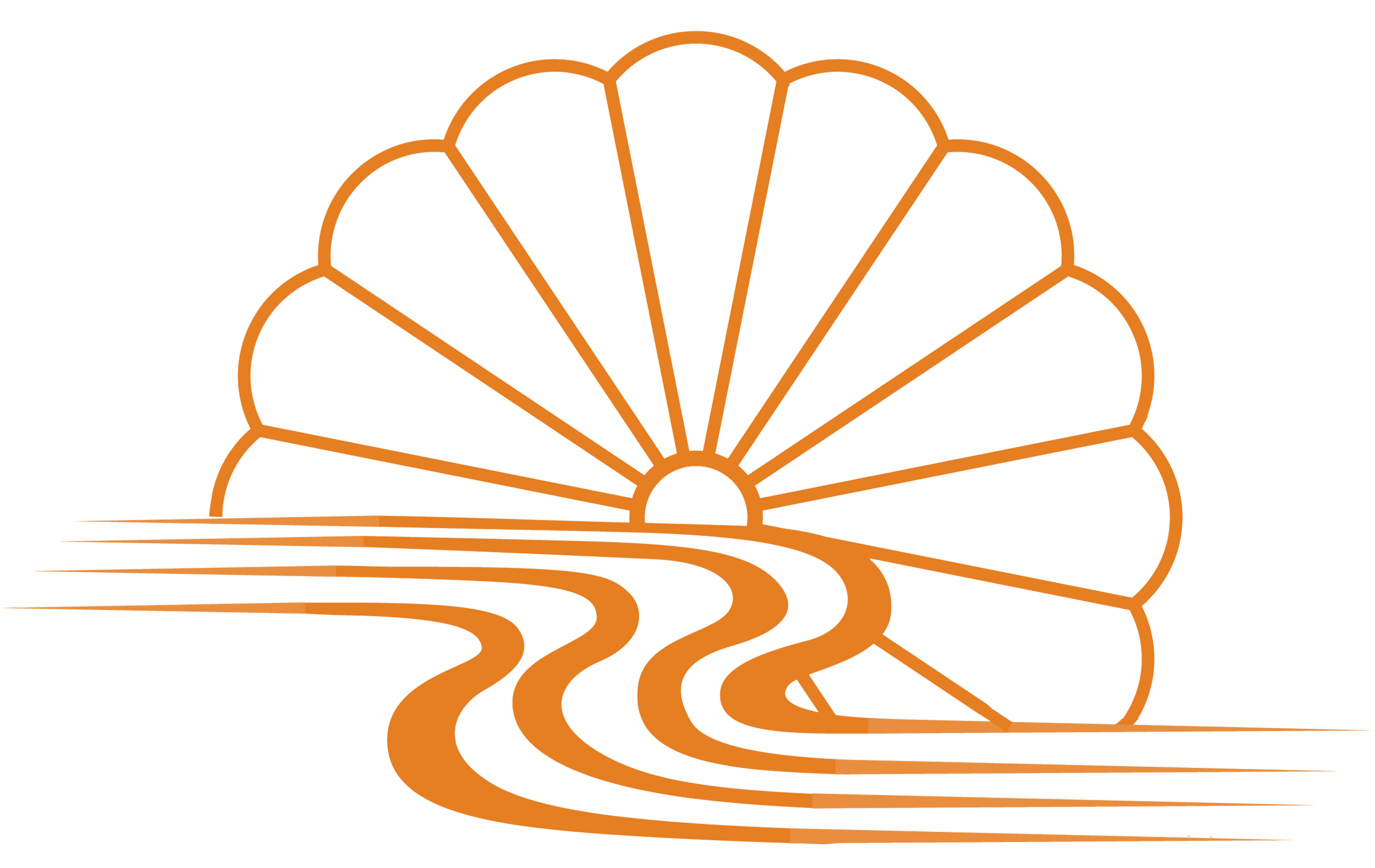
The systems of unarmed combat that were developed and practiced during the Muromachi period (1333–1573) are referred to collectively as Traditional Japanese Jūjutsu, 日本古流柔術. At this period in history, the systems practiced were not systems of unarmed combat, but rather means for an unarmed or lightly armed warrior to fight a heavily armed and armored enemy on the battlefield. In battle, it was often impossible for a samurai to use his long sword, and would therefore be forced to rely on his short sword, dagger, or bare hands. When fully armored, the effective use of such “minor” weapons necessitated the employment of grappling skills.
These methods of combat included striking, throwing, restraining and weaponry. Defensive tactics included blocking, evading, off-balancing, blending and escaping. Minor weapons such as the knife, weighted chain, helmet smasher, and secret or disguised weapons were almost always included in the original jūjutsu formulated during the Sengoku period (1467–1573).
Following Japan’s era of civil war, many schools of jūjutsu developed into systems more familiar to the practitioners of Japanese jūjutsu commonly seen today. These are correctly classified as Edo jūjutsu (founded during the edo period, 1603–1868). As the priority of combat training shifted from the battle field to the needs of security, the Koryū (traditional schools) became updated to deal with opponents neither wearing armor nor in a battlefield environment.
Most systems of Edo jūjutsu include extensive use of vital-striking which would be of little use against an armored opponent on a battlefield.
They would, however, be quite valuable in confronting an enemy or opponent during peacetime dressed in normal street attire (referred to as “suhada bujutsu”). Occasionally, inconspicuous weapons such as daggers or iron fans were included in the curriculum of Edo jūjutsu.
Jūjutsu has been embraced by law enforcement officials worldwide and continues to be the foundation for many specialized systems used by police. Perhaps the most famous of these specialized police systems is the Taiho jutsu (arresting art) system formulated and employed by the Tokyo Police Department. As well, jūjutsu techniques have been the basis for many military unarmed combat techniques (including British/US/Russian special forces and SO1 police units) for many years
TAIJUTSU 体術
The unarmed system of fighting preserved and studied at the Jinenkan Yasuragi Dojo is know as Taijutsu 体術, literally translated as 'body skill' and often directly understood as classical martial arts.
Our training has four sub-systems of Taijutsu. Each of these sub-systems are used to define the characteristic differences in fighting methodology of individual traditions. These sub-systems include jūtaijutsu, dakentaijutsu, kosshijutsu and koppōjutsu.
Historically, the word taijutsu was among many other terms that originate before jūjutsu to classify a particular school’s catalog of hand to hand techniques, but today these terms are frequently used interchangeably to refer to a range of grappling, striking, choking and body restraint techniques.
骨法術 KOPPOJUTSU
Literally meaning “Tiger knocking down technique” it is also more accurately translated as “Bone breaking technique.” This hard style of taijutsu emphasizes the use of linear movement to attack the structural integrity of an opponent’s body.
Characteristic techniques involve carrying momentum or breaking the appendicular (appendage) skeletal structure, followed by disrupting the axial (central axis) skeleton. Koppōjutsu also teaches preemptive attacking methods. It is studied in the tradition of Kotō Ryū.
柔体術 KOSSHIJUTSU
Literally meaning “Bone finger technique.” This art centers on disrupting the nerve center and vital organs of an opponent in order to defeat an opponent. Characteristic results these techniques will also create temporary paralysis or involuntary responses in their arms and legs to diffuse attacks or assist in weapon disarm.
The unique movement of Kosshijutsu is extremely quick and circular, emphasizing the use of dynamic rotational weight to maximize striking impact or joint load on an opponent. Feet, knees, hands and elbows are conditioned to strike with minimal surface area in order to create penetrating results. This art is studied in the tradition of Gyokko Ryū.
柔体術 JUTAIJUTSU
Literally meaning “Pliant body technique”, this system of taijutsu emphasizes throwing an opponent, joint manipulation, choking methods and restraints.
Jūtaijutsu is studied in the traditions of both Takagi Yoshin Ryū and Shindenfudo Ryū.
打拳体術 DAKENTAIJUTSU
Literally meaning “Fist striking technique.” This art consists of locks, entanglements, strangling, striking and kicking, as well as the use of small weapons.
As mentioned, taijutsu techniques were modified to fit in with the early Edo jidai because the techniques of striking originated at times when armor was worn and became outdated. This method of fighting in street attire, called suhada bujutsu, was codified in both the Kukishin Ryū and Shindenfudo Ryū.
While some techniques still preserve the qualities of movement needed by soldiers wearing load bearing equipment, other systems of Dakentaijutsu do not.
DOJO ARTICLES & INSPIRATIONS
Reflections on Kobudo training and lifestyle, written and shared by Adam Mitchell.

SUBSCRIBE TO THE DOJO MONTHLY NEWSLETTER
Get updates on our training and events at the beginning of each month.
We respect your privacy, and your information will not be shared.
CONTACT OUR DOJO
Yasuragi Dojo
571 Route 6
Mahopac, NY 10541
Phone or Text: 914-621-7762
Email: [email protected]
GOOGLE MAPCONNECT WITH OUR DOJO
STUDENT RESOURCES
Dojo Schedule
Dojo Store
流派 Ryu-ha
体術 Taijutsu
剣術 Kenjutsu
武器術 Bukijutsu
PROGRAMS AT OUR DOJO
Student Memberships
6 Week Training Workshops
Self Mastery
Study Groups







